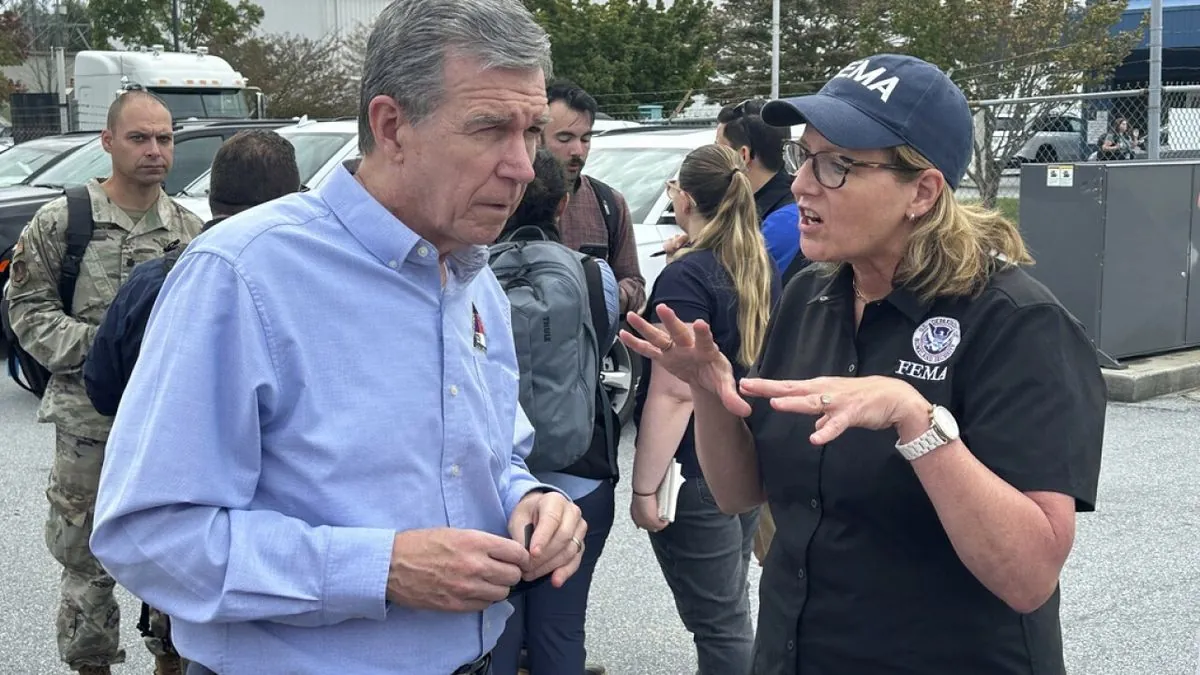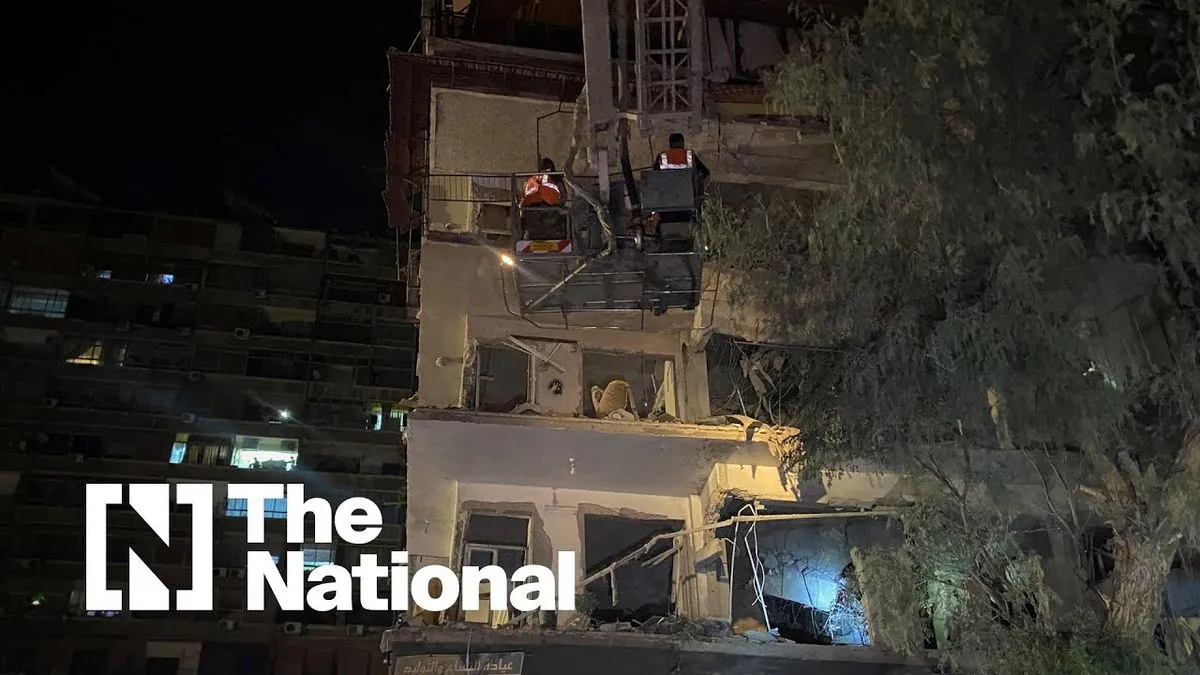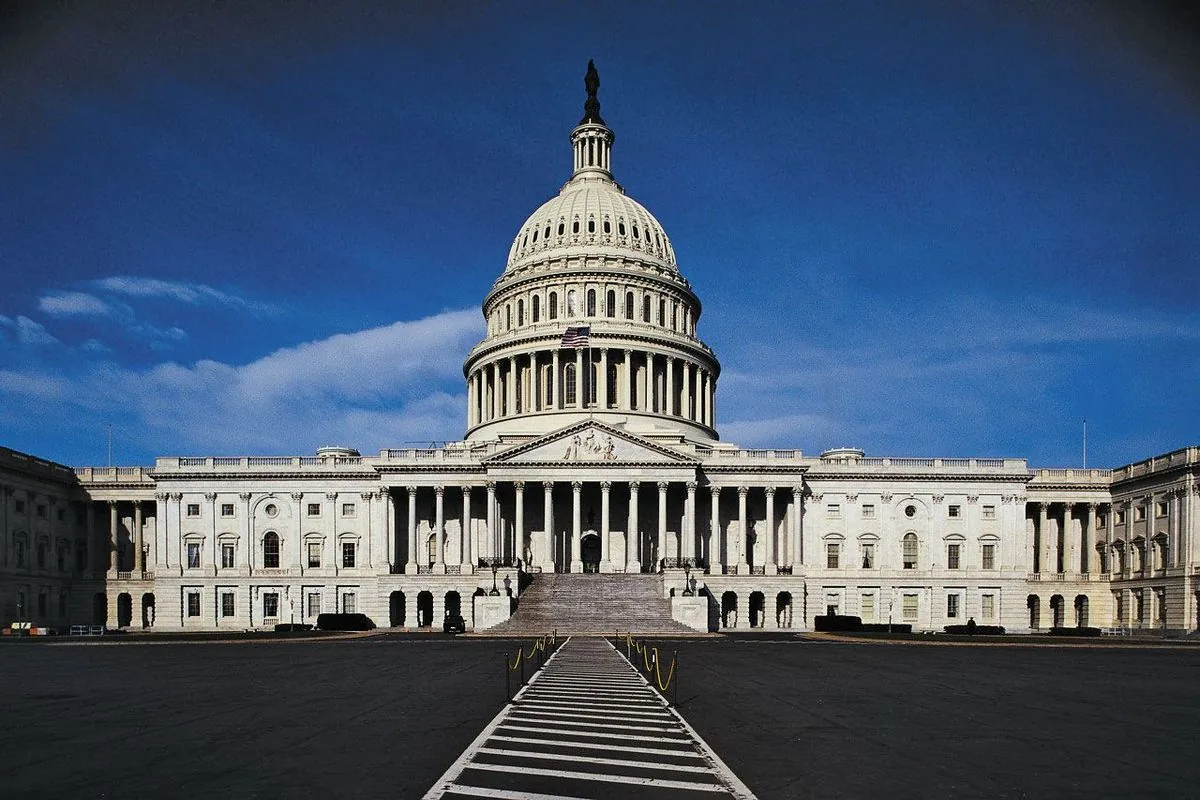FEMA's Role in Hurricane Helene Response: Funding and Misconceptions Explained
FEMA faces criticism amid Hurricane Helene response. The agency clarifies funding sources, current financial status, and its role in disaster recovery, addressing misconceptions about assistance limits.

The Federal Emergency Management Agency (FEMA) has been thrust into the spotlight as it responds to Hurricane Helene, facing both criticism and misinformation about its operations. Established in 1979, FEMA plays a crucial role in coordinating federal disaster response efforts across the United States.
Donald Trump, the Republican presidential nominee, has questioned FEMA's response and spread false claims about its funding allocation. However, the Biden administration has staunchly defended the agency's work, asserting that it currently has sufficient resources to address immediate needs.
FEMA's funding structure consists of an operating budget and a Disaster Relief Fund, which Congress replenishes annually. The agency recently received a $20 billion allocation, mirroring last year's funding. This fund covers various disaster-related expenses, including recovery from past events and future mitigation projects.
Keith Turi, acting director of FEMA's Office of Response and Recovery, emphasized that the agency has adequate funds for the Helene response. He also refuted claims about FEMA spending money on undocumented immigrants, clarifying that such expenses are funded separately through Customs and Border Protection.

While FEMA currently has sufficient resources, both President Joe Biden and Homeland Security Secretary Alejandro Mayorkas have highlighted the need for additional funding in the future. This is not uncommon, as noted by former FEMA administrator Brock Long, who sought supplemental funding three times during his tenure from 2017 to 2019.
It's crucial to understand FEMA's role in disaster recovery. The agency doesn't manage the entire process but coordinates with state and local governments to provide assistance. FEMA's support includes public assistance for debris removal and infrastructure rebuilding, as well as individual assistance for affected residents.
"FEMA's primary mission is to coordinate the federal government's role in preparing for, preventing, mitigating the effects of, responding to, and recovering from all domestic disasters."
However, there are misconceptions about the extent of FEMA's individual assistance. The agency's maximum payout for home rebuilding is $42,500, which is often insufficient for complete recovery. Samantha L. Montano, an assistant professor of emergency management, emphasizes that "FEMA does not make anybody whole after a disaster happens."
As Hurricane Helene recovery efforts continue, it's essential to recognize both the capabilities and limitations of FEMA's assistance. The agency's role in disaster response remains critical, but individuals should also rely on insurance and other resources for comprehensive recovery support.


































